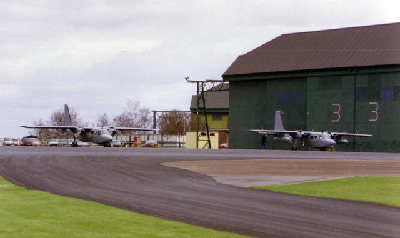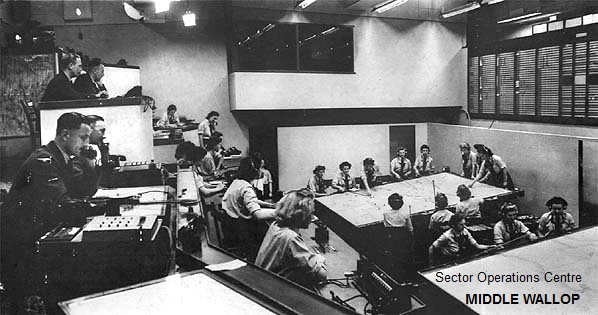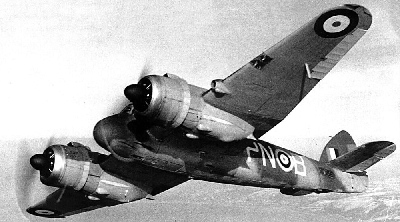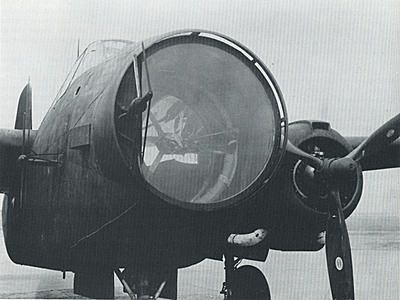Accommodation near Middle Wallop - Wiltshire | |
|
Whether you are looking for holiday accommodation near Middle Wallop or on a business trip the nearby city of Salisbury is an interesting place to stay.
Accommodation at Salisbury There is a good selection of holiday accommodation both in around the area of Salisbury with self catering, B&B;, both cheap and luxurious as well as campsites, one close to Lopcombe Corner, the other at White Hill Caravan Park at Pitton, just off the A30. There is even campervan hire available at Stonehenge Campervans. The village of Middle Wallop itself is one of a group of three villages collectively known as the Wallops on the western edge of the Hampshire Wiltshire border. The Wallops are quintessential English country villages of thatched cottages. One of them, Nether Wallop, was chosen to double as Miss Marple’s (played by Joan Hickson) home village of St Mary Mead in the first Miss Marple television series.  Middle Wallop airfield is the centre for Army Flying Training and HQ of the Army Air Corps. Built initially as a Royal Air Force bomber station at the start of World War 2 Middle Wallop became operational as a training base in 1940 but it was very soon decided in August of that year it would be a well placed ideal fighter station and the training function was moved north out of harm’s way. Middle Wallop was soon in the thick of the Battle of Britain.  As well as a fighter base operating Hurricanes, Spitfires and Bleinhems, Middle Wallop was also the controlling Sector Station for Y sector. Operating from both Middle Wallop and in and out of the forward satellite airfield at RAF Warmwell near Dorchester in Dorset the aircrafts’ role was attacking incoming Luftwaffe raids and protecting shipping in particular the RN Portland base.  The Battle of Britain opened with airbases and radar stations being attacked by the enemy prior to invasion and Middle Wallop was regularly targeted by the Luftwaffe. The airfield survived the onslaught to play a pivotal role in the Battle of Britain. Increasingly the enemy attacked by night and initially the slow and poorly equipped Blenheims were no match but with improved radar and the squadrons being re-equipped with Beaufighters, one of the most formidable if not the most formidable night fighters of the war, the tide of battle soon changed. The role of the station then developed into both night and day fighter defence.  Many bizarre and often dangerous experiments were carried out by aircraft from Middle Wallop. One such was a squadron of twin-engined Douglas Havoc aircraft carrying powerful searchlights to illuminate their prey at night which seemed a good idea in theory but not so good in practice. Through the years of the war the airfield became home to numerous squadrons and interceptor aircraft types manned by crews from all over the British Empire and the airfield’s role was changed from defence to attack. Close to the conclusion of the war Middle Wallop was handed to the Royal Naval Air Service and used as an administration centre for the maintenance and training of returning carrier aircraft and crews and very little flying took place from the airfield itself.  In 1955 an experimental Joint Helicopter unit was set up to exploit the potential of this rapidly developing rotary wing technology for air observation and supporting the Army. In 1957 Middle Wallop was handed over to the British Army to the newly formed Army Air Corps.  Initially the AAC provided air observation, reconnaissance, artillery fire control and limited movement of men and materials but other roles developed including foward air control and radio relay and the role has continued to evolve into the present day. Whether you are staying in accommodation near Middle Wallop, Salisbury or Andover there are many interesting places to visit.  The Museum of Arm Flying is adjacent to the airfield on the Salisbury A30 trunk route relating the history of Army flying. There is also the Boscombe Down Aviation Collection of test aircraft housed in a hangar on the Old Sarum airfield, still operational and one of the very first military airfields in the UK. Old Sarum airfield is overlooked by Old Sarum Castle (the original settlement predating Salisbury) and of course Salisbury Cathedral with its spectacular spire Accommodation near Middle Wallop | |



